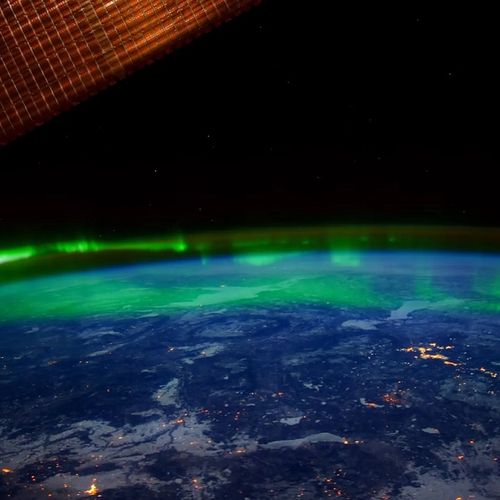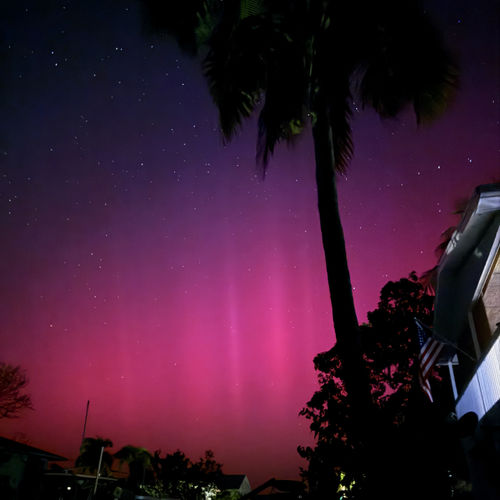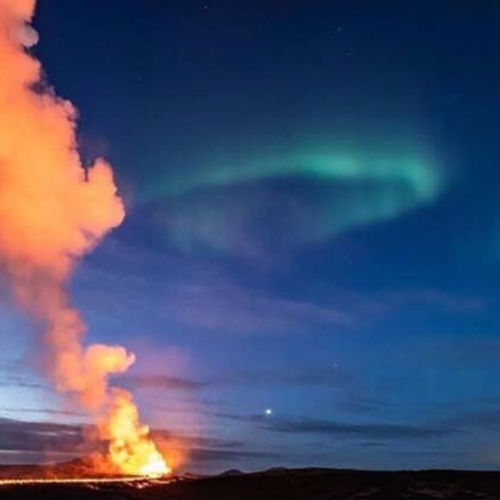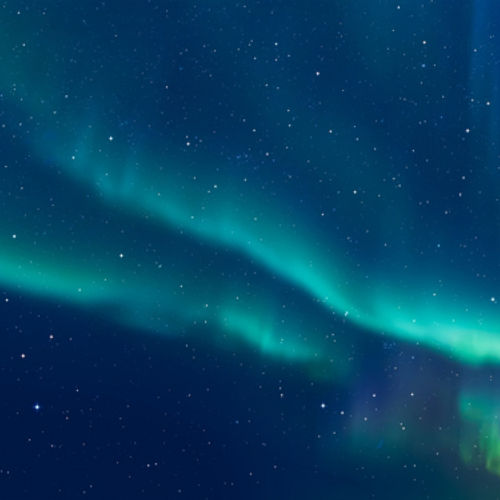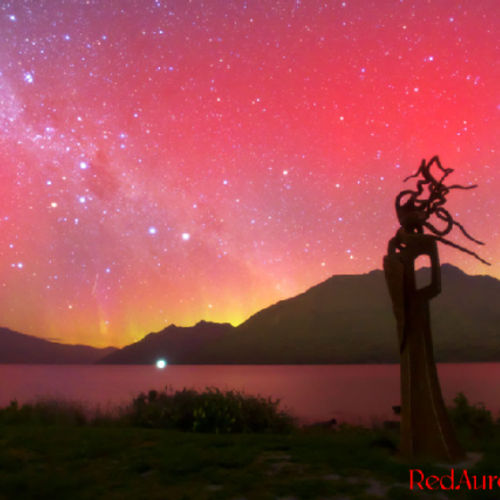
| Added | Sat, 04/12/2021 |
| Источники | |
| Дата публикации | Sat, 04/12/2021
|
| Версии |
A coronal mass ejection hit the Earth's magnetic field on October 31. Its weak impact did not cause such a significant geomagnetic storm as expected, but the atmospheric afterglow was divine.
"The auroras were weak, but we were lucky to see rare colors, besides, the night was clear, and the moon in the new moon phase did not interfere," said Minoru Yoneto, who captured the panorama from Queenstown, New Zealand. To capture such an amount of red, you need to use an astronomically modified camera, the photographer noted.
Red auroras have also been observed in the Australian state of Tasmania.
"A bright glow appeared in the south and lit up the sky from 9 pm to 3 am," said photographer Peter Sayers.
Among the auroras, red ones are the most delicate. They originate from atomic oxygen in the upper part of the Earth's atmosphere. Oxygen atoms excited by the solar wind emit red photons very slowly. The radiation time of the transition period is 110 seconds - an eternity on the quantum scale.
Новости со схожими версиями
Log in or register to post comments

